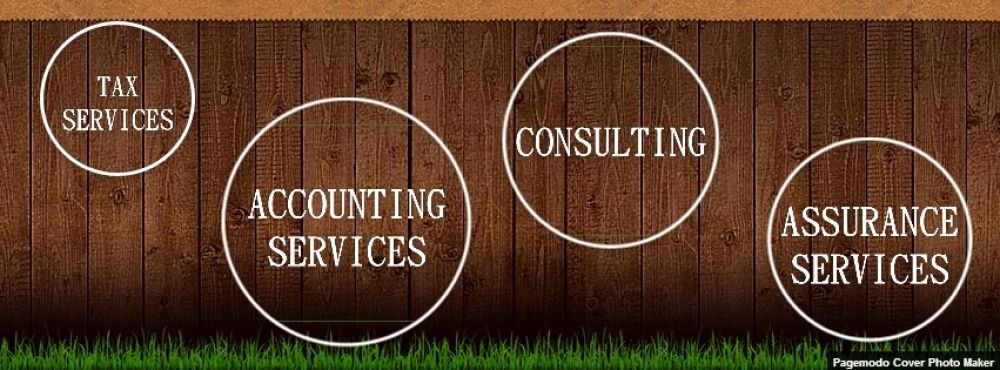A question that comes up frequently is whether income you received is taxable or not. Generally, most income you will receive is considered taxable, but there are situations when certain types of income are partially taxed or not taxed at all.
To help taxpayers understand the differences between taxable and non-taxable income, the Internal Revenue Service offers these common examples of items not included as taxable income:
Some income may be taxable under certain circumstances, but not taxable in other situations. Examples of items that may or may not be included in your taxable income are:
Generally, most other items of income—including income such as wages, salaries, tips, unemployment compensation, investment earnings and gains from the sale of assets — are fully taxable and must be included in your income unless specifically excluded by law.
To help taxpayers understand the differences between taxable and non-taxable income, the Internal Revenue Service offers these common examples of items not included as taxable income:
- Adoption expense reimbursements for qualifying expenses
- Child support payments – Child support payments are reimbursements for the support of a child paid by the non-custodial parent to the custodial parent. Thus, it is not income to the recipient parent, nor is it deductible by the parent making the payments.
- Gifts, bequests and inheritances – Gift taxes are paid by the giver and inheritance taxes are paid by the estate of the deceased. Thus, the recipient is not subject to taxation on those items. There are some exceptions to that rule for income that would have been taxable to the deceased if he had received it while living, such as income from installment sale notes, earned but unpaid wages, or annuities. The most prevalent exception is when a traditional IRA is inherited. Distributions from the IRA are taxable to the beneficiary, although part of the distribution will be non-taxable if the deceased IRA owner had made contributions to the IRA that were not deductible on his or her tax returns.
- Workers' compensation benefits
- Meals and lodging for the convenience of your employer
- Compensatory damages awarded for physical injury or physical sickness
- Welfare benefits
- Cash rebates from a dealer or manufacturer – Cash rebates are considered to be a reduction in purchase price and therefore are not treated as income. If the item is used in business, be sure to reduce the depreciable basis by the rebate amount.
Some income may be taxable under certain circumstances, but not taxable in other situations. Examples of items that may or may not be included in your taxable income are:
- Life Insurance – If you surrender a life insurance policy for cash, you must include in income any proceeds that are more than the cost of the life insurance policy. Life insurance proceeds, which were paid to you because of the insured person’s death, are not taxable unless the policy was turned over to you for a price.
- Municipal Bond Interest – Generally, interest from municipal bonds is tax-free for federal purposes. However, some states only treat municipal bonds issued in their state as tax-free for state purposes.
- Social Security Income – Depending upon your total income for the year, Social Security benefits can be tax-free or partially taxable. However, no more than 85% of Social Security income is ever taxable.
- Scholarship or Fellowship Grant – If you are a candidate for a degree, you can exclude amounts you receive as a qualified scholarship or fellowship. Amounts used for room and board do not qualify.
- Non-Cash Income – Taxable income may be in a form other than cash. One example of this is bartering, which is an exchange of property or services. The fair market value of goods and services exchanged is fully taxable and must be included as income by both parties.
Generally, most other items of income—including income such as wages, salaries, tips, unemployment compensation, investment earnings and gains from the sale of assets — are fully taxable and must be included in your income unless specifically excluded by law.













